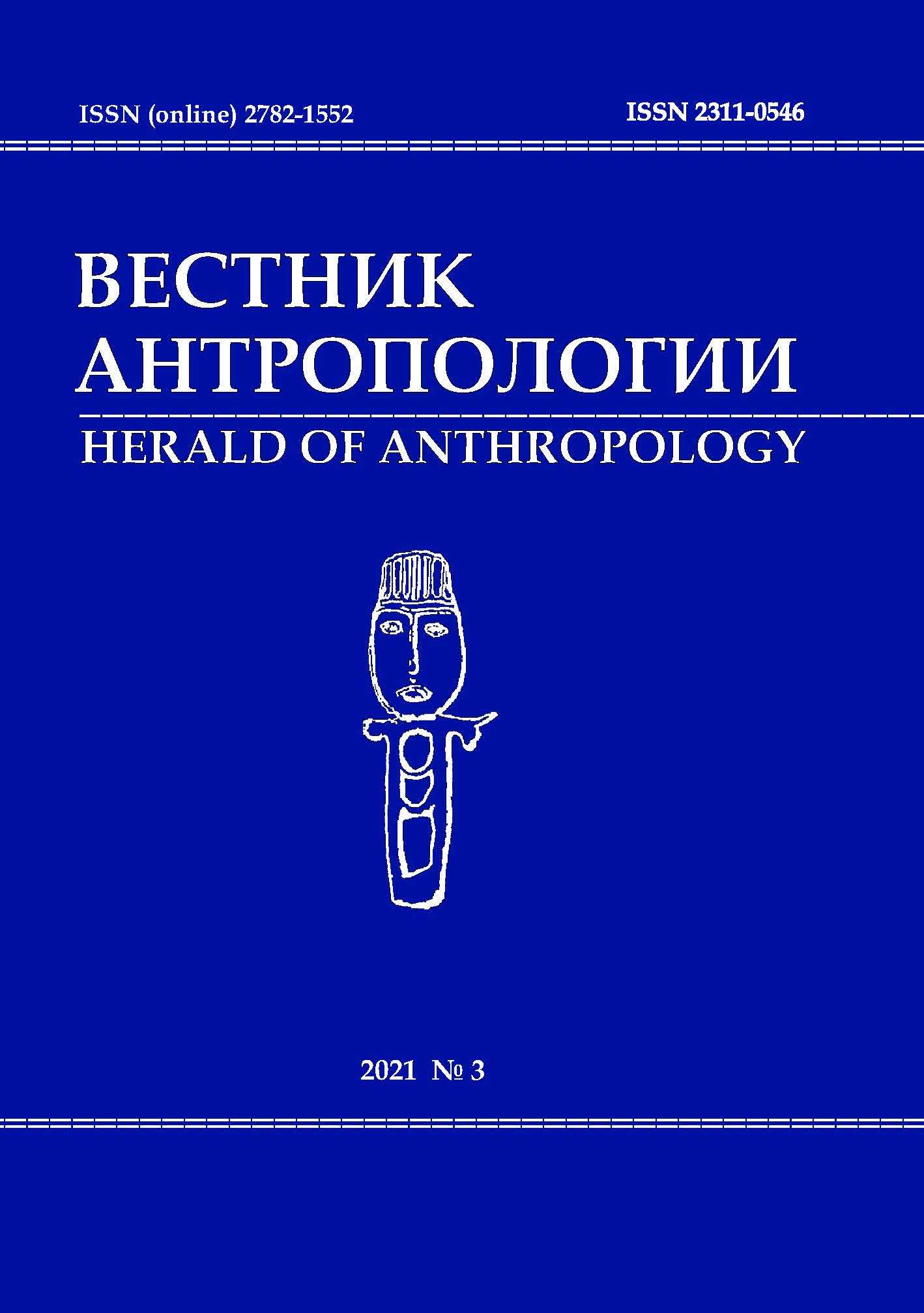Trepanation Technique Among the Inhabitants of the Fayum Oasis (Egypt) in Greco-Roman Times
DOI: 10.33876/2311-0546/2021-3/125-133
Keywords:
Ancient Egypt, Fayum oasis, trepanation, surgery, Greco-Roman periodAbstract
The article is devoted to the bioarchaeological study of several cases of surgical trepanation in the population of the Fayum oasis (Egypt), who lived in the Greco-Roman period. This work is also interesting from the point of view of the history of medicine. We studied three skulls with trepanned holes. It was found that in the first two cases, the operation was most likely carried out using a sharp straight chisel blade. The width of the working edge of the tool ranged from 7 to 9 mm. Both individuals (an elderly man and a young woman) retained their vitality for some time after the operation. In the third case, the technique of trepanation operation was more complicated and the adult man, unfortunately, did not survive it
For Citation: Vasilyev S.V., Girya E.Yu., Borutskaya S.B. 2021. Trepanation Technique Among the Inhabitants of the Fayum Oasis (Egypt) in Greco-Roman Time. Herald of Anthropology (Vestnik Antropologii) 3: 25–133





















